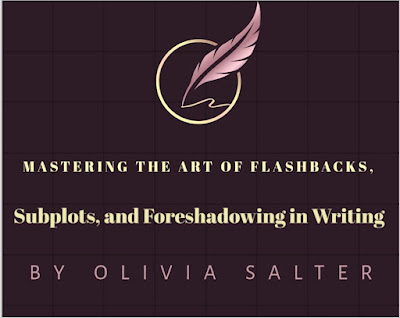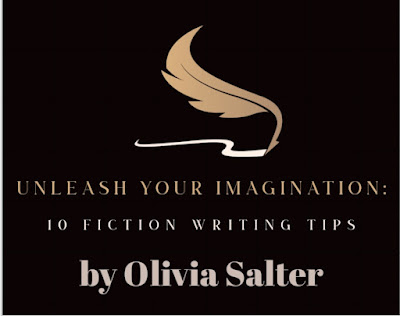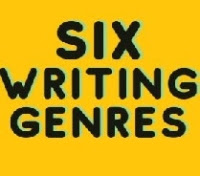Mastering the Art of Flashbacks, Subplots, and Foreshadowing in Writing
by Olivia Salter
As a writer, one of the most effective ways to engage readers and enhance the depth of your story is by incorporating techniques such as flashbacks, subplots, and foreshadowing. These literary devices not only add intrigue and complexity to your narrative but also provide a richer understanding of your characters and their motivations. In this article, we will explore the art of crafting compelling flashback subplots and foreshadowing to elevate your storytelling skills to new heights.
1. Flashbacks:
Flashbacks are powerful storytelling tools that allow writers to transport readers to previous moments in time, providing necessary context or uncovering crucial insights. Here are some key considerations when using flashbacks:
a) Purpose: A flashback should serve a purpose in advancing the plot, revealing important information about a character's past, or adding depth to the story's themes. Ensure that the flashback contributes meaningfully to the overall narrative.
b) Seamless Integration: It's crucial to seamlessly integrate flashbacks into your story to avoid disrupting the flow. Transition into and out of flashbacks smoothly, using clear cues or transitions that guide readers.
c) Selective Use: While flashbacks can be captivating, don't overuse them as they may dilute their impact. Use flashbacks judiciously and leverage them strategically for maximum effect.
2. Subplots:
Subplots are secondary storylines that run parallel to the main plot, adding complexity, depth, and variety to your narrative. Here's how you can effectively weave subplots into your writing:
a) Relevance: Ensure that each subplot is relevant and in some way connected to the main plot. Build subplots that intersect with and influence the primary storyline, enriching the overall reading experience.
b) Character Development: Subplots present an opportunity to delve deeper into your characters' lives and motivations. Utilize subplots to develop characters who explore their backstories or reveal their hidden desires, thus creating well-rounded and relatable individuals.
c) Balance: Maintain a balance between your main plot and subplots. While subplots add intrigue, they should not overshadow or detract from the primary storyline. Harmoniously intertwine subplots with the main plot for a cohesive narrative structure.
3. Foreshadowing:
Foreshadowing involves hinting at future events within your story, generating anticipation and curiosity among readers. Here are some tips for mastering the art of foreshadowing:
a) Subtlety: Effective foreshadowing requires subtlety. Drop subtle hints, clues, or symbolic references rather than overtly revealing future events. Engage readers in a delightful guessing game while keeping them hooked.
b) Purposeful Placement: Foreshadowing should be purposefully placed throughout the story, not randomly sprinkled. Foreshadow key plot twists, character developments, or turning points strategically, enhancing the impact of subsequent revelations.
c) Payoff: Successful foreshadowing should have a payoff, fulfilling readers' expectations and rewarding them for their attention to detail. Reveal the significance of foreshadowed elements in a satisfying manner, leaving readers eager for more.
In conclusion, flashbacks, subplots, and foreshadowing are exquisite tools that can elevate your storytelling and captivate readers on multiple levels. When skillfully employed, these techniques enhance character development, deepen plot complexity, and create a sense of anticipation in your writing. By carefully integrating flashbacks, subplots, and foreshadowing, you can create a vivid and immersive reading experience that leaves a lasting impression on your audience.
Happy writing!






![[Free Event] Science Fiction Writers' Week 2023 Returns [Free Event] Science Fiction Writers' Week 2023 Returns](https://blogger.googleusercontent.com/img/b/R29vZ2xl/AVvXsEiH5nrl60EzeUJWOl_DFsGESY1dpeaET0gcMfwZzwqfkH7WeyM5Hj2bKR6x-Rg4SNiYDwYko8Usl1z1t2LjT9iEUuETvK33BsGEvLJuCPHGYmeXWHxBiKWM7xZaOWzZ02hZLPtyXWyQVc3UymKRJ0lVSbhauq7KEaaj_nT8ZLfnqbOcUbcFAkhnxIkQ/w400-h400/0_FfUfDxVNf-kdCiw8.webp)



